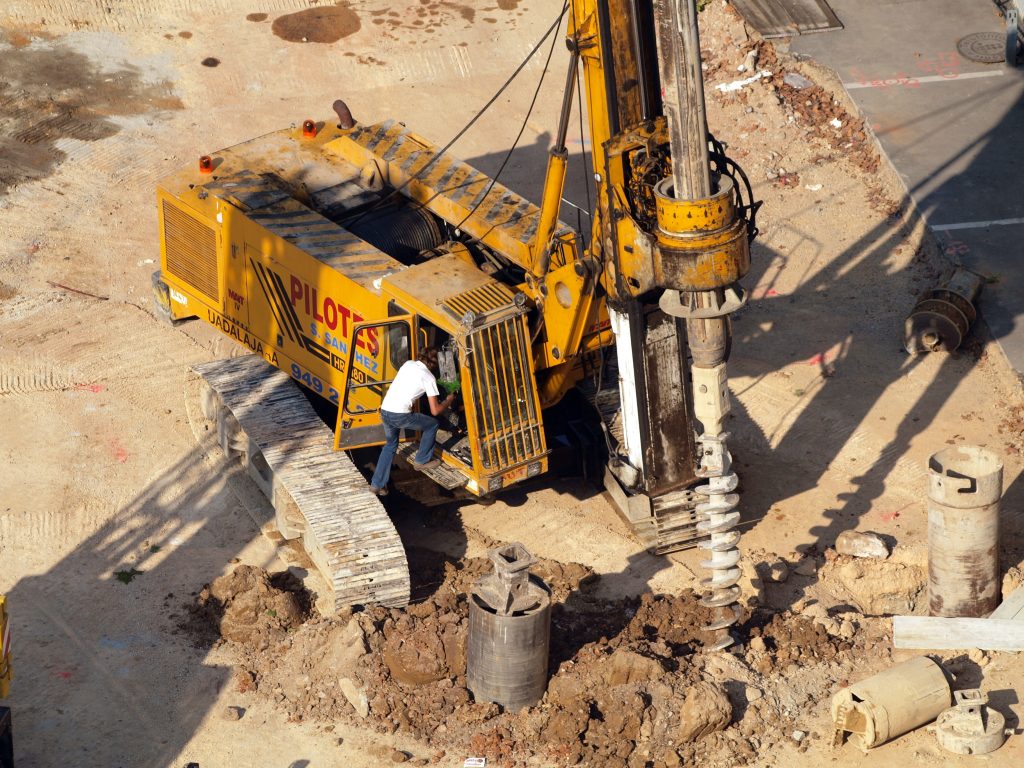“Boring” in construction is about making holes for foundations, utility installations, and geological surveys.
Boring Techniques
- Auger Boring: Like a large corkscrew, it’s best for softer soils and smaller projects.
- Rotary Boring: Involves a sharp, rotating drill bit. Great for hard strata and extracting undisturbed soil samples.
- Percussion Boring: Used when ground conditions are too hard for an auger.
- Wash Boring: Uses a water jet to loosen soil, then bailed out. Quick, economical, and perfect for softer ground.
Boring Tools
There are a variety of tools used for different boring techniques. Augers, bailers, and chisels are some of the most common. More about these tools can be found here.
Directional Boring
Directional boring allows for installing utilities underneath obstacles without trenching. This has greatly reduced environmental impact and disruptions in the construction industry. More on this technique can be read here.
In conclusion
Boring is pivotal in construction, ensuring our buildings stand on solid ground and our utilities reach us uninterrupted. Even the study of soil permeability is influenced by these techniques. Boring may not sound exciting, but it is foundational to the construction industry.

